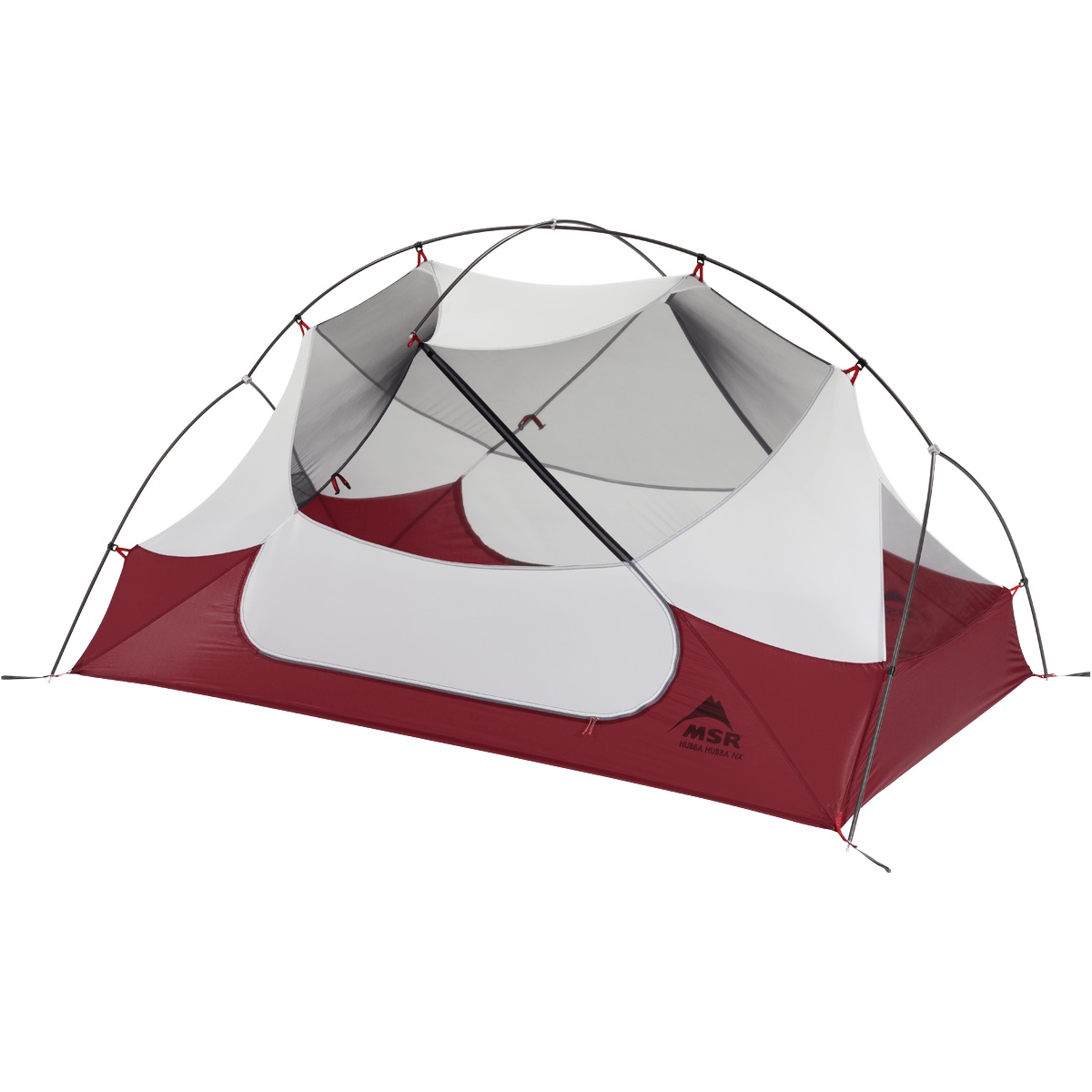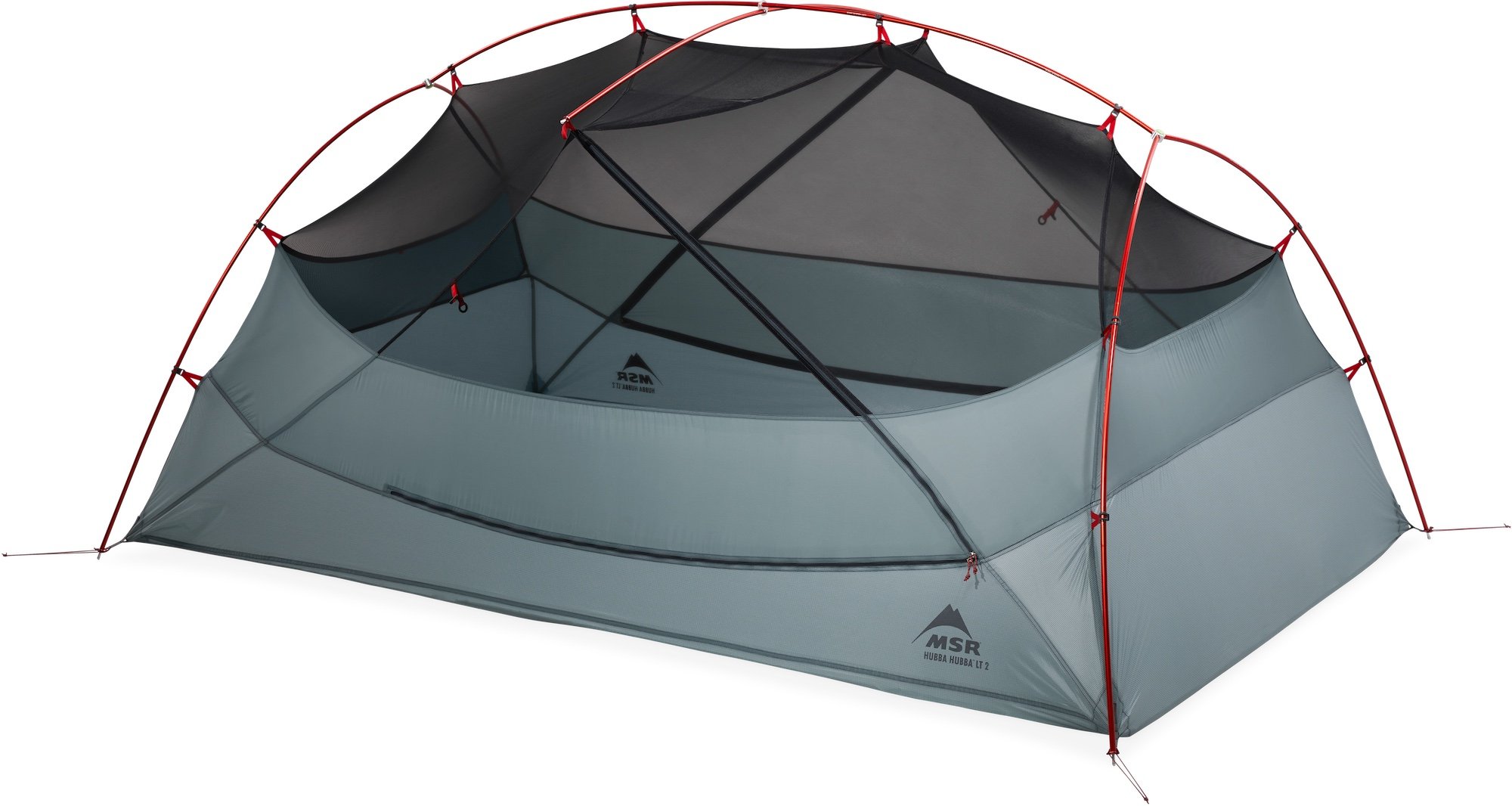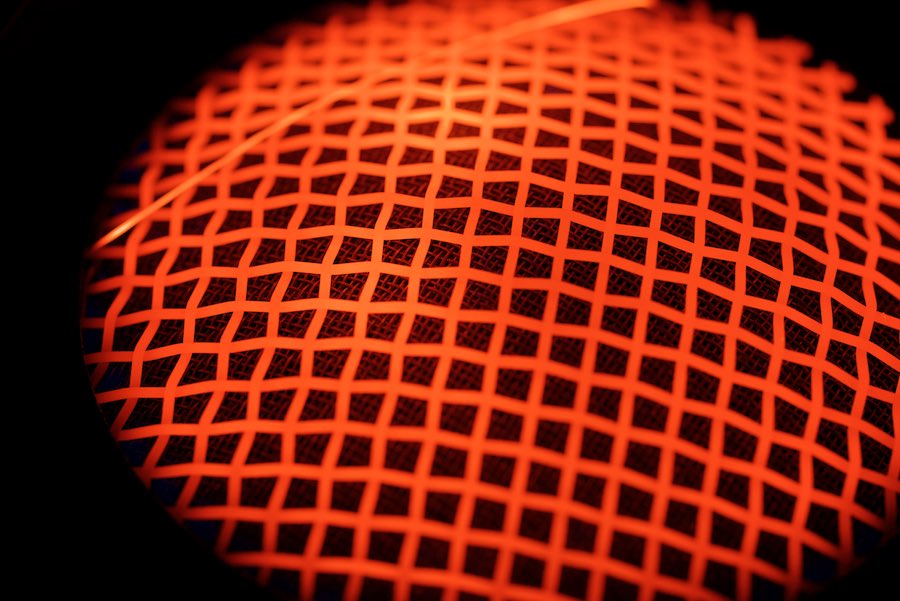Gear Review: MSR Hubba Hubba NX 2-Person Tent

If you look at the 2014 line of Hubba Hubba tents, you can tell that MSR has spent a fair amount of time going over the finer details of an already outstanding tent. We bought our Hubba Hubba NX 2-person tent as soon as it was available here in Canada in the Spring, and after three seasons of backcountry camping... have a lot to applaud MSR for because of those finer details.
The lightweight, freestanding, three-season Hubba Hubba NX 2-person tent is aimed at backpackers, and gives you a few configuration options...
"Fast & Light": which consists of just the rainfly and tent poles and weighs .97 kg
"Fast & Light" with footprint: The footprint is sold separately, and this setup weighs 1.19 kg
Ultralight: 1.54 kg
The packed dimensions are 15 cm by 46 cm, and it's long slender shape is easy to put in and remove (with it's pull handle) from a backpack. You can also remove the poles to fold the pack in half and stuff it further into the depths of your backpack.
When taking down the tent, cram the entire disassembled setup into the stuff sack, pull the drawstring closed, then cinch the bag even tighter with the included straps and buckles. A wet or muddy tent won't interfere with the rest of the contents of your knapsack as the stuff sack has a lip to keep out/in debris.
While assembling the tent, the stuff sack includes a step by step set of tear-proof instructions (In English and French) sewn into the lip of the bag to help you get setup in short order. The tent can be assembled by a single person, although in strong winds an extra hand is invaluable to control the lightweight fly and center pole.
Tent set-up involves staking out the four corners of the tent with the incredibly lightweight Mini-Groundhog stakes, then pulling the tension cord to keep the tent taught. Assemble the frame which is all interconnected as a single series of interconnecting DAC Featherlite NFL poles to form the frame to attach your tent to. Each of the four corners simply drop into a stake-out loop connector, which creates tension for your arching frame.
With the frame now in place, attach the tent to it by clipping it in place. You can see from the photo below that it offers a lot of headroom despite only being a two-person tent. It also offers enough room for two two full sized air mattresses side-by-side inside.
Now throw the 20D ripstop nylon rainfly (made from 1200mm Durashield polyurethane & silicone) over top, and attach it to the bottom of the existing corners (The corners are colour coded to help with orientation). You also have to attach it to the crossbeam, and once again pull everything taught using the pullcords. Make sure to fasten the Velcro in the corners to help with airflow, and use the guy cords to pull the edges of the fly out so that moisture doesn't collect inside overnight. Ventilation has been superb throughout all temperatures and weather conditions and you can even roll up the vestibule for extra airflow (although it can be a little cool during the shoulder season temperatures).
That's it, your tent is ready for a great night's sleep. The quick set-up is invaluable, especially when a storm sneaks up on you when you're on the trails, or nightfall is fast approaching and you haven't reached your campsite for the evening via canoe.
The one-piece fly creates two vestibules, which give you access to the tent via two c-shaped doors. Both entrances have built-in rain gutters that actually channel water away very efficiently. I've been pleased with the zippers as they haven't bound once when opening them and once open, there is plenty of room to bring cumbersome gear in and out of the tent.
On a particularly windy night, I was worried the tent was going to take off before I could put my gear in it, but the pegs held fast and the tent didn't let go. The fly doesn't flap noisily in the wind which helps for a quiet sleep, and there was no seepage of water during overnight rainstorms, even without the footprint. Inside there are two large mesh pockets at the head and foot of the tent for plenty of storage, and four loops on the ceiling where you can connect a gear loft (sold separately) to dry clothing or provide some extra storage.
My only fickle complaint is that the Mini-Groundhog stakes are a little difficult to remove from the ground the next day (which is a testament to their great functionality). I found that the floor (made from 30D ripstop nylon 3000 mm DuraShield polyurethane & DWR) which has yet to let me down, feels very thin so I make sure to doubly scour the ground before I set up the tent for anything sharp that might puncture it. The optional footprint might be suggested if you don't mind the extra weight.
I purchased this tent to lighten my load when camping, and it sure fits the bill while sacrificing nothing. Don't continue to wreck your back with a heavy tent when the Hubba Hubba NX has so many great features and is versatile enough to stand up the worst conditions in all three seasons. The Hubba Hubba NX is also available as a Solo tent (1.29 kg packed weight), a three-person tent (2.19 kg packed weight) (known at the Mutha Hubba), and a 4-person tent (2.96 kg packed weight) (which is known at the Papa Hubba).



















